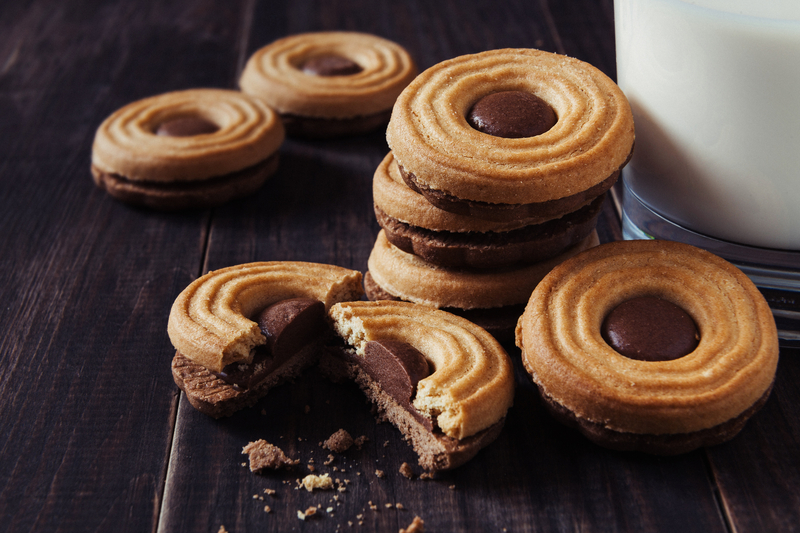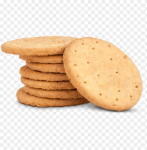Little bumps and air bubbles on a soft biscuit issue
Dear all,
we baked biscuits for the first time. We start with a soft biscuit (two types with/without cocoa powder). We have a direct-fired oven, 40m long, with four-zone.
We faced with two problems:
-the line of unbaked dough in the middle of the biscuit
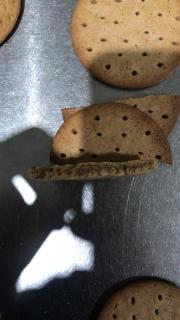
-The bigger challenge for us is little bumps and air bubbles on a soft biscuit. (We have docker holes on each biscuit.)
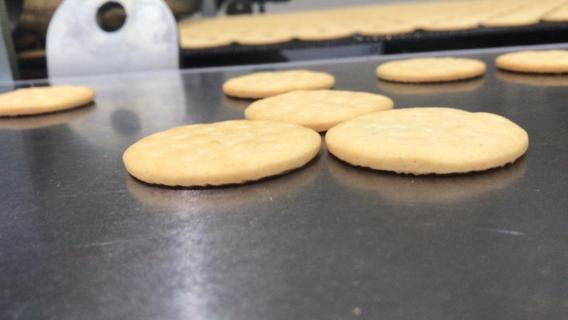
To bring you closer to our problems, I sent our recept and description of the baking process below:
sugar 20kg, flour (T710) 125kg, palm oil 22kg, invert syrup 20kg, water 10kg, powder milk 2kg, cocoa powder 3kg, ammonium bicarbonate 1,4kg, table salt 0,7kg, sodium pyrophosphate 0,2kg, sodium metabisulfite 0,03kg, chocolate aroma 0,1kg, soy lecithin 0,5kg, soda 0,8 kg , corn starch 2kg, scrap (biscuit remnants) 15kg
Mix all ingredients in a mixer, except flour and pyrophosphate for 4-6 minutes. Then add flour and sodium pyrophosphate and mix for another 4 minutes.
The maximum quantity of mixer is around 450kg. The bigger quantity of 403kg we mix first 10 minutes, and add flour and pyrophosphate and mix for another 5 minutes.
We use this type of flour:
The moisture is 14,1%, Protein 12,3%, Gluten 28,4%, ash in flour 0,67%
For soft biscuits, we don't use pre-heating.
I fire zone Top 170C Bottom 135C
II Fire zone Top 200C Bottom 165C
III Fire zone Top 190C Bottom 130C
Time of baking is between 5min 48sec to 6min to 7sec
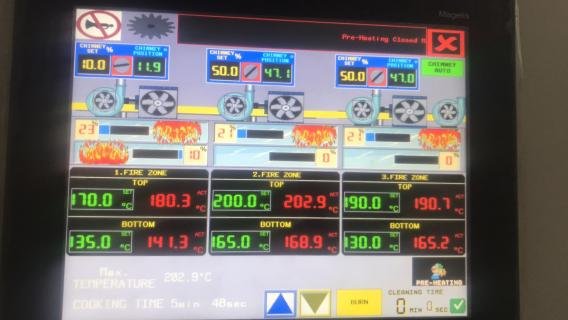
Thank you in advance, I hope you can help me!
Really appreciate!
Alma

Discover how indigenous sorghum is reshaping biscuit innovation by offering a nutritious, gluten-free alternative to wheat flour.

As AI enters the biscuit industry, automating recipe development and roller design, Errebi Technology Spa reflects on the balance between innovation a...
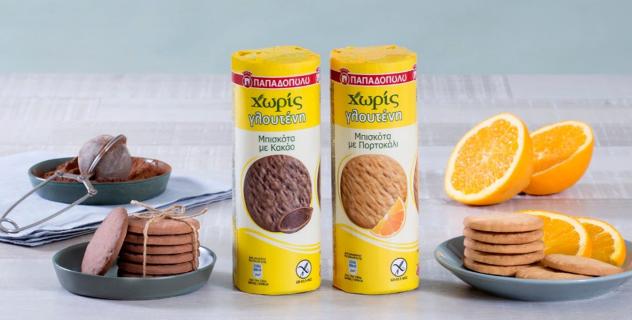
E.J. Papadopoulos's gluten-free biscuits with orange and cocoa embody the fusion of sumptuous flavour and health-conscious ingredients.

Consolidated Biscuit's Morning Coffee Biscuits offer a unique and delightful way to enhance your morning routine

The next trend we have identified looks at finding that health-halo effect in your products, the correct balance between health and indulgence.











The score is based on the number of created courses at BPA (150 points per course), the number of the lectures given at BPC (100 points per lecture), published articles (20 points for every approved article in Our Experts category ), number of resolved questions (10 points for every resolved question) and the number of asked questions (5 points for every asked question). The list is showing only top 10 biscuit industry experts.
